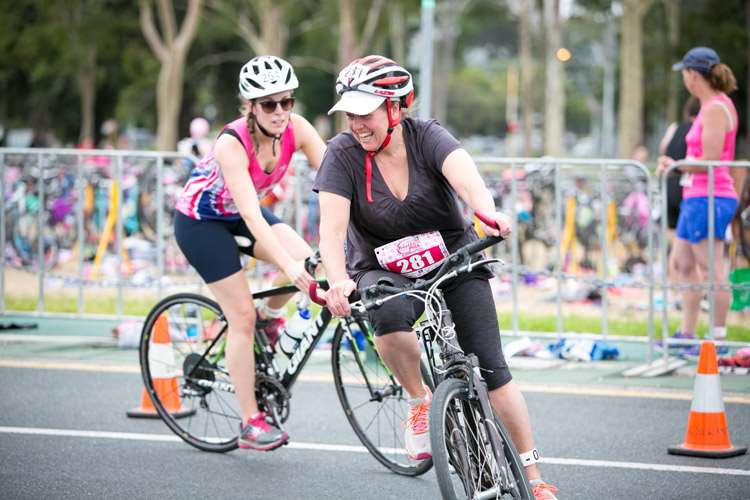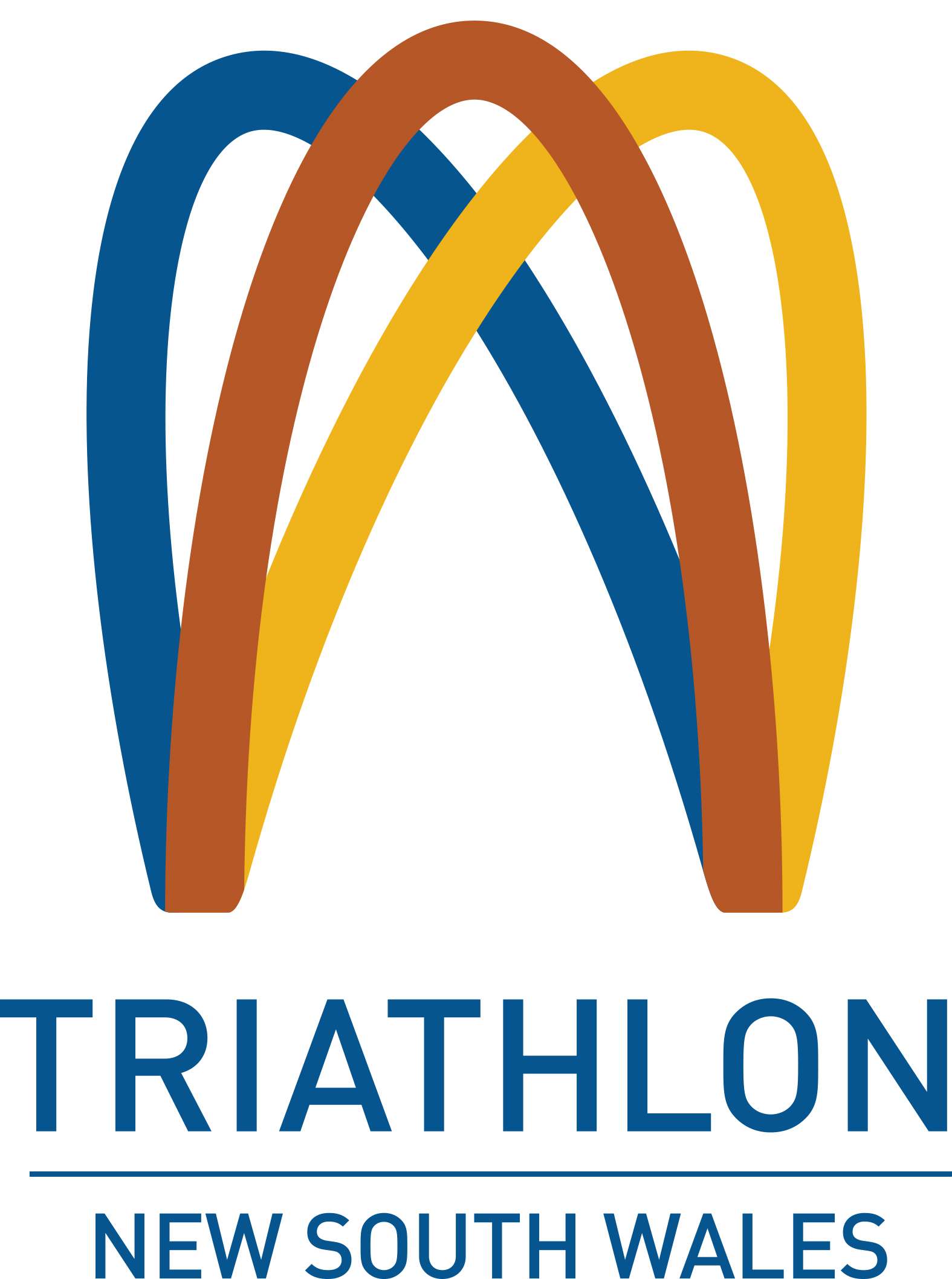Your First Triathlon
Triathlon - it's our sport
- it's our sport
Before Race Day
Read Your Race Information
In the lead up to race day, read the race information provided on the event organiser's website. Take the time to brush up on the rules of triathlon and make sure you're familiar with the course. Remember, it is your responsibility to know the rules and the course.
Make sure that you follow any special instructions from the race organiser about controlling the spread of the coronavirus. In particular, if you have any flu like symptoms leading up to race day then you should stay at home and save your debut for another day!
Prepare your gear
Get all your equipment ready and packed.
Here is a list of gear that you may need:
- Swim: Wetsuit (temperature depending), goggles, swim cap
- Cycle: Bike, helmet, shoes, water/gels, spare tyres, pump, sunglasses, gloves
- Run: Shoes, hat, towel, sunglasses
- Race Day Checklist to print out
Some training tips
Practice entering a 'Transition Area' from the swim. Take off your wetsuit (if you are wearing one), put on your helmet and put on your shoes (if not already attached to your bike), unrack your bike and then run with your bike to the mount line.
Practice dismounting at or before the dismount line, and finding your rack. Rack your bike, and then put on running shoes, then take off your helmet.
Race Day
Arrive in plenty of time
Check the race information to find out what time you need to register and what time transition will be open for you to rack your bike and set your gear up. It's your responsibility to arrive at the race venue with plenty of time to prepare for your race. If you arrive late, you may not be permitted to enter the transition zone and start the race.
Attend the race briefing...
...and listen to it! The race briefing will provide you with a refresher of the course and rules, and inform you of any last minute changes or advice.

1. The Swim
You may be used to doing your training in a pool where you can stand up or rest at each end if you need to. The swim in most triathlons however is in open water – the ocean or a river, and the water may be deeper than you can stand up in. To feel confident in your race you should ideally be able to swim at least 10% further than the full race distance required.
If you're nervous about the swim leg, position yourself towards the back of your start group (in triathlon, a start group is called a wave).
Practice putting on a swim cap, know how to adjust your goggles, and if your race will require a wet suit, make sure you train in one a few times. There are lots of you tube videos showing you how to put a wetsuit on correctly and remove it easily. If you need assistance, put your hand up for one of the water safety personnel to come to help. When you exit the water, don't throw your goggles or cap on the ground or hand it to a loved one. The only place you can store your race equipment is in your designated area in transition.
2. In Transition
When you set up your gear before the race, take the time to note a land mark, rack number, or other distinguishing feature so you can easily find your bike. Identify & practice how you'll move through transition to the exit.
A few quick rules:
- Make sure you don't interfere with other athletes' equipment in transition
- Fasten your helmet before you remove your bike from the rack to start your ride. Keep it on and fastened until you replace your bike after the ride leg.
- Don't ride your bike in the transition area. Run your bike out to the mount line. You can get on your bike at any point after the mount line, so if it's congested, move through the area before mounting.
- Make sure you're off your bike before the dismount line on your return to transition.
- Return to the same position in transition and rack your bike.

3. On the Bike
If you will be borrowing a bike for your race, make sure you have a practice ride and make any adjustments you need to the seat or handlebars. If you don’t have your own helmet, make sure any helmet you borrow is in good repair and is not too big/small for you. An incorrect fit could lead to injury in a crash.
A few quick rules:
- Road rules apply, so keep to the far left unless overtaking other riders, don't overtake on the left of another cyclist, and never cross double lines.
- Don't draft. Drafting allows you to get an unfair advantage by following the bike in front of you closely, and is cheating. For a full explanation of the drafting rule, refer to the Triathlon Australia Race Competition Rules.
- Don't litter
- Keep your shoes and helmet on at all times. You must also ensure that you have a covered torso.
- You are not allowed to accept assistance, such as clothing, food, drinks, etc from anyone except authorised race personnel.

4. The Run Leg
Make use of the aid stations that are provided and keep hydrated.
Learn to build into your run for a kilometre or two; learn how much fuel and hydration you personally need both when you train and in different conditions. You never know what the weather will be like on race day.
And don’t forget to smile when you cross the finish line!

After the Race
Drink water and refuel. Celebrate and tell tales of your achievement (it’s OK to exaggerate a bit!).
When the last cyclist is back in transition, you'll be able to collect your bike and gear.
Congratulations, you have completed your first triathlon!
Welcome to our sport.







Follow us on:


